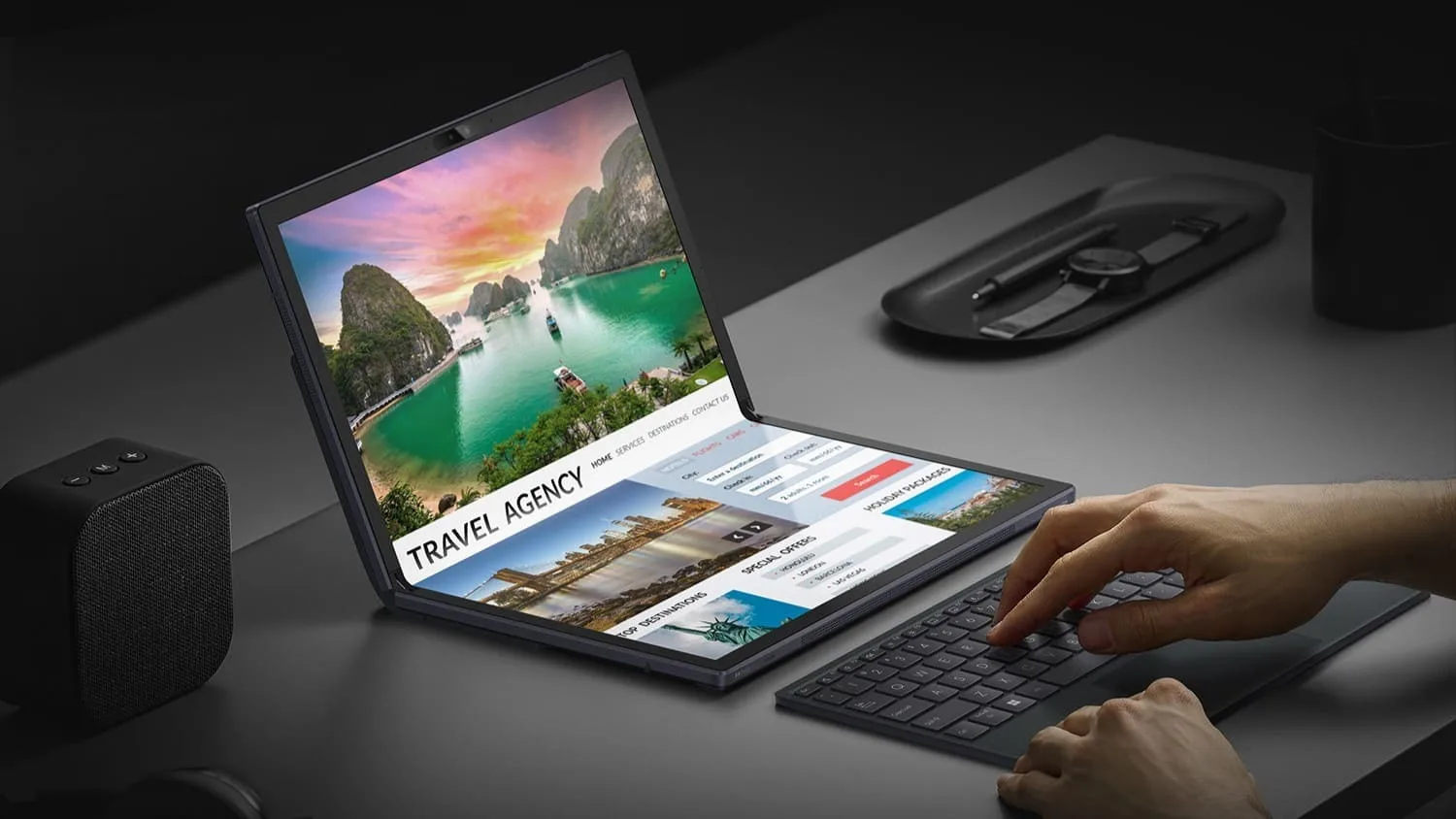
Prospects of Flexible Displays in Laptops: 2025 Models
As the demand for portable and innovative computing grows, flexible displays are revolutionising the laptop industry. In 2025, this technology is expected to set new benchmarks in terms of design, functionality, and user experience. Flexible displays are not only a technological marvel but also a response to user demands for more adaptable and efficient devices. This article explores the evolution, benefits, and challenges associated with the latest laptop models equipped with flexible displays, providing detailed insights into how these advancements are shaping the future of computing.
The Evolution of Flexible Displays in Laptops
The concept of flexible displays was once confined to science fiction. Over the past decade, rapid advancements in display technology have turned this futuristic concept into a tangible reality. The journey began with early prototypes that showcased the potential of bendable screens, and today, it has evolved into fully functional products that cater to various professional and personal needs. Major manufacturers like Lenovo, HP, and Samsung have taken the lead, pushing the boundaries of what is possible in laptop design.
Flexible displays are built using OLED (organic light-emitting diode) technology, which provides superior colour accuracy, contrast ratios, and energy efficiency compared to traditional LCD panels. Additionally, these displays utilise advanced materials such as ultra-thin glass and flexible polymers, allowing them to bend and fold without compromising durability. Such innovations have paved the way for devices that are not only aesthetically appealing but also highly practical for multitasking and mobility.
Key Innovations Driving Adoption
Several technological advancements underpin the adoption of flexible displays in laptops. For instance, manufacturers have developed robust hinge mechanisms that enable seamless transitions between different modes, such as laptop, tablet, and tent configurations. Lenovo’s ThinkPad X1 Fold exemplifies this trend, featuring a foldable OLED screen that supports multiple usage scenarios. Similarly, Samsung’s Galaxy Book Fold 17 leverages its flexible display to offer a large-screen experience in a compact form factor.
Moreover, software optimisations play a crucial role in enhancing the user experience. Operating systems like Windows 11 and custom interfaces from manufacturers are being tailored to take full advantage of flexible screens, enabling features like split-screen multitasking, enhanced touch controls, and stylus support. These innovations ensure that flexible display laptops are not just novel but also highly functional and versatile.
Benefits of Flexible Display Laptops
The adoption of flexible displays in laptops offers a plethora of benefits that cater to both consumers and professionals. One of the most significant advantages is enhanced portability. Flexible display laptops are designed to be lightweight and compact, making them ideal for users who are always on the move. They provide the convenience of a tablet and the productivity of a laptop, all in a single device.
Another key benefit is the improved multitasking experience. With foldable screens, users can easily switch between tasks or run multiple applications side by side. This capability is particularly advantageous for professionals in creative fields, such as graphic design and video editing, who require large screen real estate and high performance. Additionally, flexible laptops are designed to withstand the rigours of daily use, thanks to their durable construction and robust materials.
Challenges in Adopting Flexible Displays
Despite their numerous advantages, flexible display laptops face several challenges that must be addressed for widespread adoption. One of the primary hurdles is the high cost of production, which translates to premium price tags for end consumers. This makes flexible laptops less accessible to budget-conscious buyers. Furthermore, concerns about the durability of flexible screens persist, with some users questioning their ability to withstand prolonged usage without developing creases or other defects.
Another challenge lies in the limited availability of flexible display models in the market. While early adopters are enthusiastic about trying out this new technology, mass-market adoption requires a broader range of options at various price points. Manufacturers are investing heavily in research and development to overcome these challenges, focusing on improving durability, reducing production costs, and expanding their product portfolios. These efforts are expected to yield significant results in the coming years.
2025 Models: What to Expect
The year 2025 marks an exciting milestone for the flexible display laptop market, with several highly anticipated models set to debut. These devices promise to redefine user interaction and set new standards for performance and design. One of the standout innovations is the introduction of rollable and stretchable displays, which allow users to adjust the screen size according to their needs. This feature is expected to be a game-changer for both productivity and entertainment.
Leading manufacturers are also focusing on sustainability, incorporating eco-friendly materials and energy-efficient technologies into their designs. For instance, the upcoming HP Spectre Foldable and Dell XPS Roll are designed with recyclable materials and optimised power management systems, making them environmentally conscious choices. These models aim to combine cutting-edge technology with a commitment to reducing environmental impact.
Future Implications for the Industry
The advancements in flexible display technology are poised to influence the broader tech industry, extending beyond laptops to include smartphones, tablets, and even smart home devices. As production techniques improve and costs decrease, flexible displays are expected to become more prevalent across various product categories. This shift will not only enhance user experiences but also foster innovation and competition among manufacturers.
In conclusion, the prospects of flexible displays in laptops are incredibly promising. As 2025 unfolds, this technology is set to transform the computing landscape, offering users unparalleled versatility, functionality, and sustainability. With continued investment and innovation, flexible display laptops are likely to become a mainstream choice, shaping the future of portable computing for years to come.